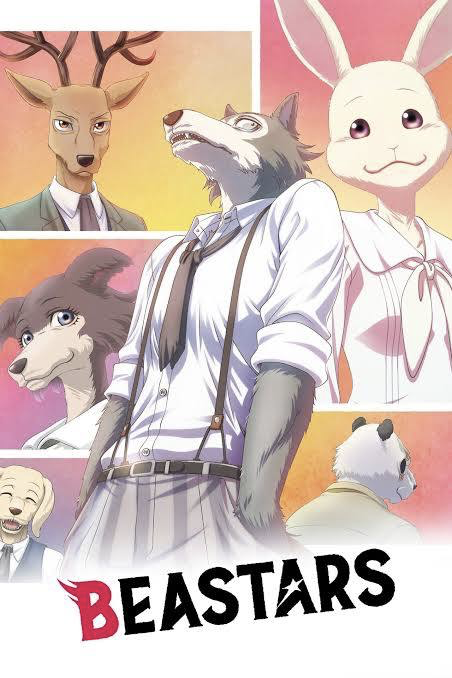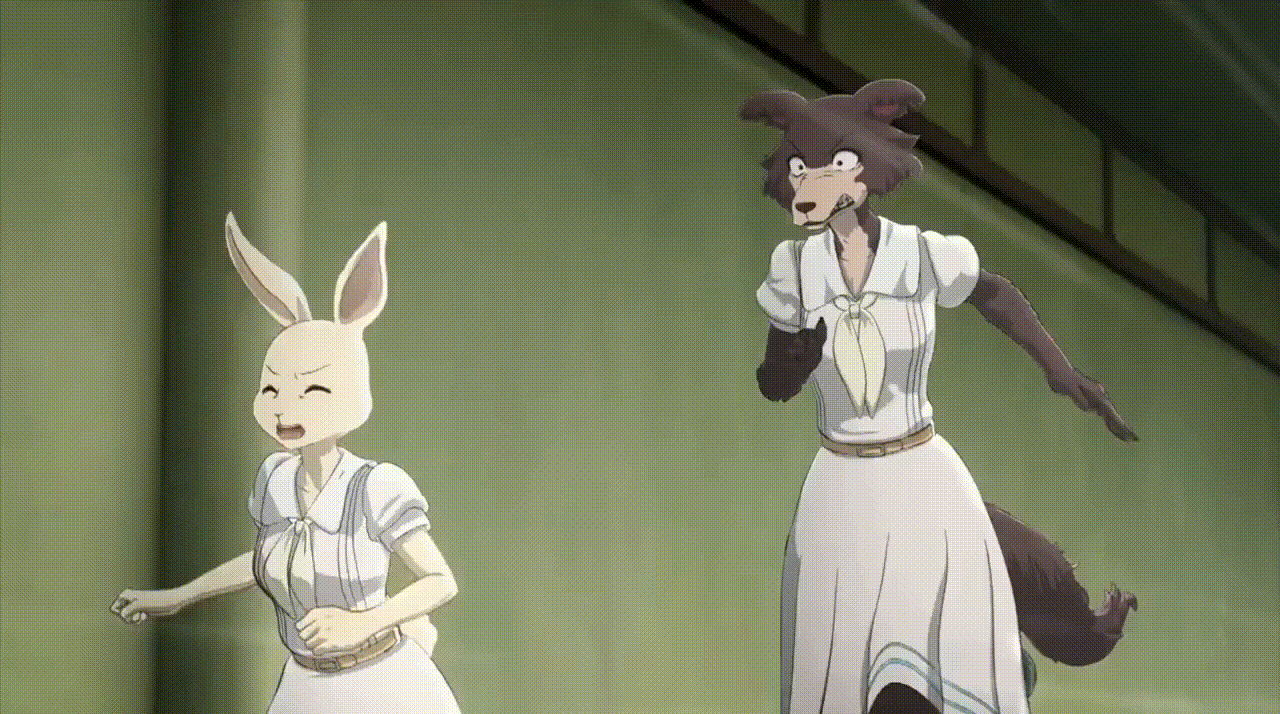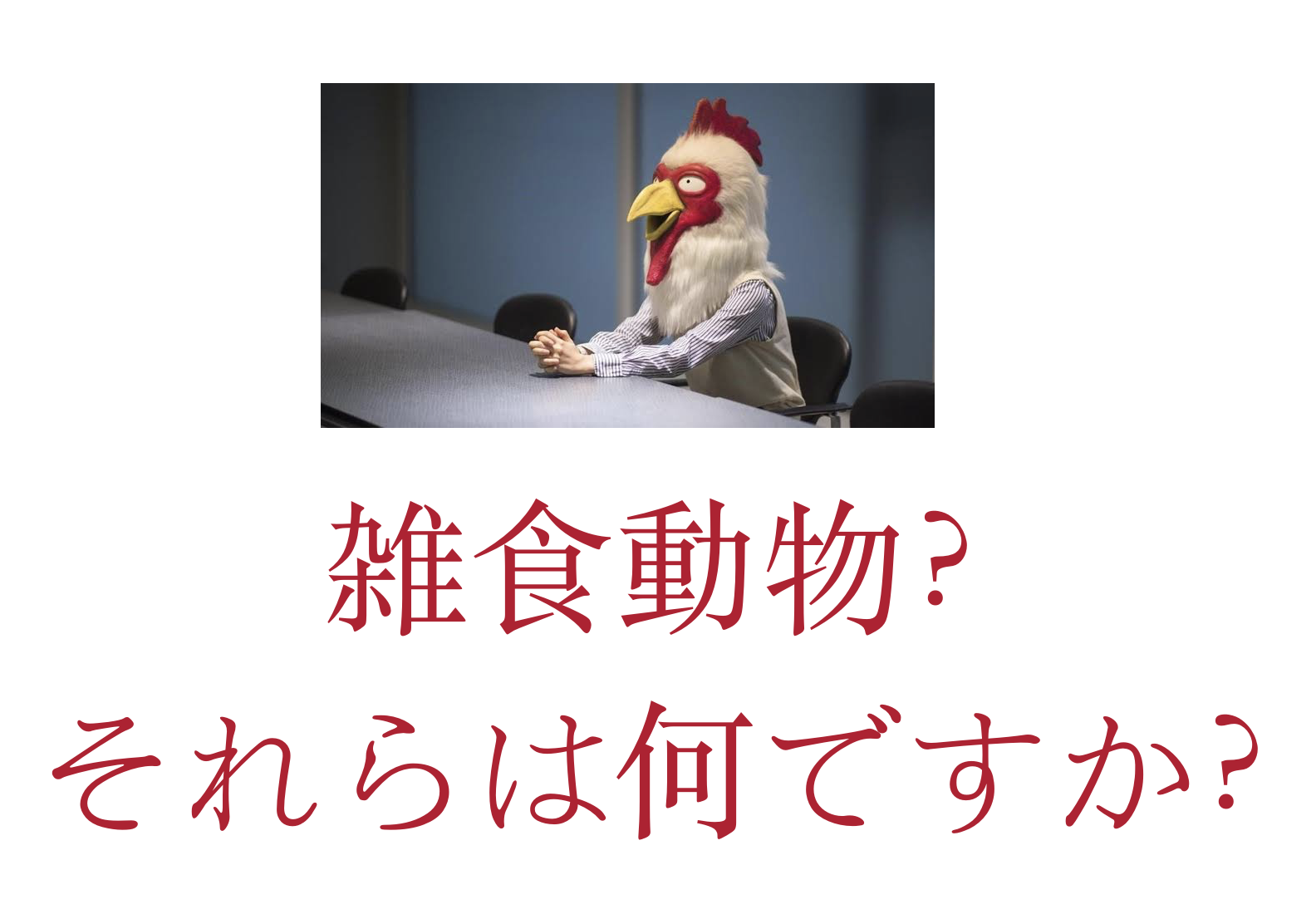
A Star Among Anime
I've largely been into anime since my younger brother introduced me to Fullmetal Alchemist back in the late 2000s, and the era of streaming television towards the end of the following decade really unleashed my horizons regarding my selection of what to watch. Randomly browsing Netflix, I discovered Beastars, based on the manga by Paru Itagaki, which instantly enticed me given its exclusive animal cast. Disney's beloved Zootopia had also recently came out some time before, with the anime adaptation of Itagaki-san's series, incidentally, having similar themes, yet is enjoyable in its own right in spite of some major flaws.
Beastars occurs primarily at Cherryton Academy, where an alpaca student, Tem, is brutally devoured by a carnivore student, sparking a cold war between the carnivorous and herbivorous animals attending the school. The main protagonist among the former is the wolf Legoshi, and from the latter the red deer Louis, both with strong feelings for a doe dwarf rabbit named Haru. The blooming romance between Legoshi and Haru really, really brings to mind the relationship between Nick Wilde the fox and fellow rabbit Judy Hopps from Zootopia, which truly makes me wonder if Itagaki took inspiration from the animated film when composing her manga.

"Get back here, you little rodent!"
The anime focuses on Legoshi seeking Tem's killer while wrestling with his attraction to herbivores like Haru and dealing with her fellow lover Louis. A lion mafia, the Shishi-gumi, plays part, attempting to dominate the herbivore meat black market, with plenty of violence, naturally, present throughout the series, making it semi an adult version of Zootopia, with some sexual themes abundant also. Legoshi eventually begins to train under the panda psychiatrist Gouhin to ultimately confront Tem's killer at the end of the second season. Another wolf, Juno, has an unrequited attraction to Legoshi.
Beastars is undoubtedly one of the most beautiful animes I've ever watched, with gorgeous animation and excellent music, handsome male and gorgeous female characters, solid English voice performances that fit the various animal characters, and mature themes that really appealed to me. Perhaps the biggest issue is the mangaka's apparent unfamiliarity with the concept of omnivores, which do exist beyond the human world, with Tem's killer, for instance, being of an omnivorous species (I'm not really spoiling anything since the murderer doesn't appear until the same episode they're revealed). There is also the typical laziness of untranslated opening and ending credits, not to mention occasional off dialogue like "Where has that Legoshi gone?"

"Omnivores? What are those?"
Regardless, my love for the anime inspired me to read the original manga, which I equally loved, and I will happily be watching the third and final season when it releases.


















